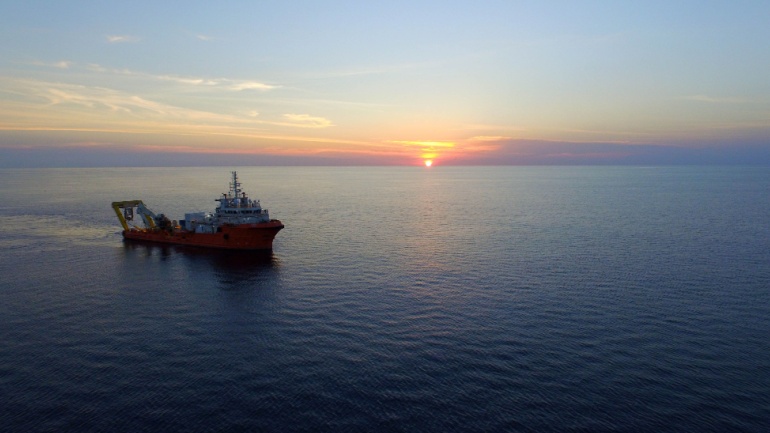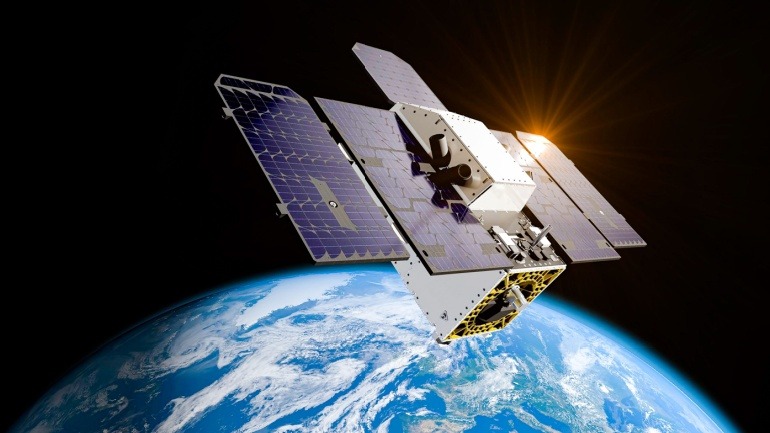Sweden has taken decisive steps concerning damage to subsea cables in the Baltic Sea, urging a Chinese ship to return to its waters for investigation. This proactive move follows the severance of two critical cable systems last week.
The BCS East-West Interlink, 218 kilometers long, was damaged on Sunday. This vital link connects Gotland, Sweden, to Lithuania. The following day, the C-lion-1 cable was also severed, affecting connectivity between Helsinki, Finland, and Rostock, Germany. This disruption is significant as C-lion-1 provides the only direct link between Finland and mainland Europe.
Upon the discovery of these breaches, European governments expressed concerns about potential sabotage. They launched swift investigations suspecting potential state actors. With both damaged cables located within Sweden’s exclusive economic zone, Swedish prosecutors are heading the inquiry.
The investigation identified a Chinese bulk carrier, Yi Peng 3, active in the area when the cables were damaged. As a result, Sweden requested the ship to return for cooperative investigation. Presently, Yi Peng 3 is anchored in international waters within Denmark’s exclusive economic zone.
“From the Swedish side we have had contact with the ship and contact with China and said that we want the ship to move towards Swedish waters,” Swedish Prime Minister Ulf Kristersson announced at a press conference.
Sweden stresses that this request is investigatory, not accusatory. This stance is linked to a previous incident in October when a gas pipeline and telecoms cable were damaged between Finland and Estonia. Sweden described this as intentional damage, and it examined closely for recurring patterns.
The situation highlights the vulnerability of international subsea cables, which remain essential for global connectivity. While potential adversarial actions raise concerns, the broader implications revolve around ensuring robust infrastructural security.
As the investigation progresses, the international focus remains on safeguarding subsea infrastructure. With the potential for hybrid warfare looming, countries recognize the need for enhanced measures to protect critical networks.







